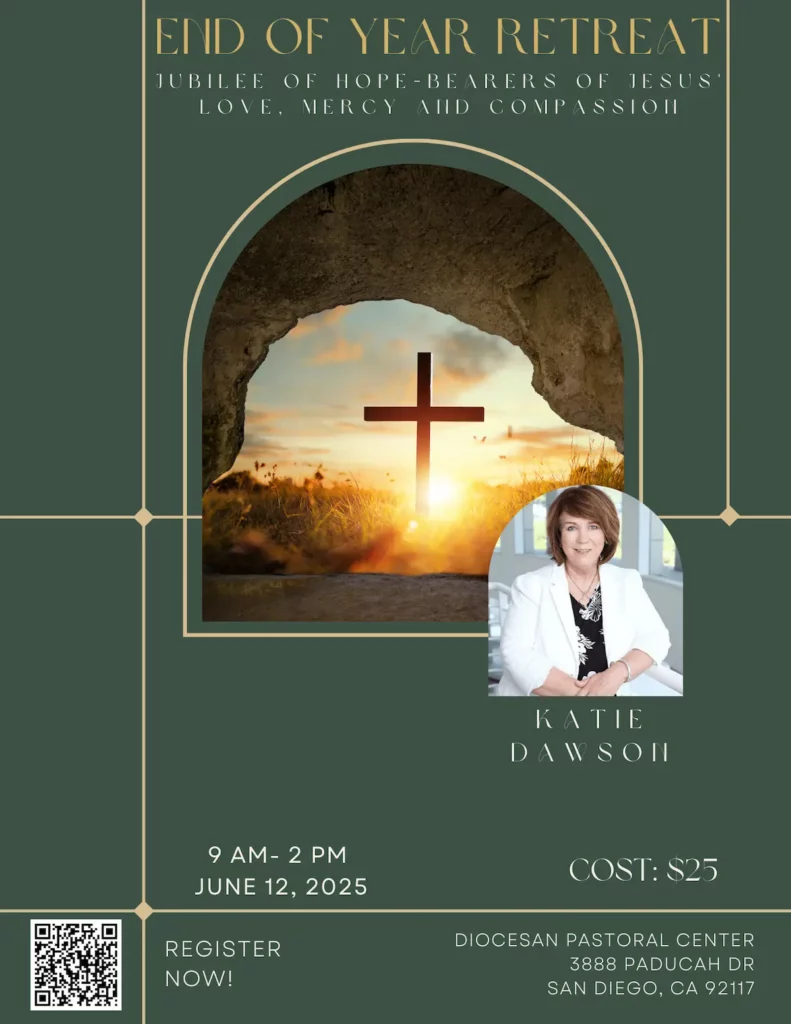End of Year Retreat: Jubilee of Hope – Bearers of Jesus’ Love, Mercy, and Compassion
Join us for a transformative journey of reflection, renewal, and spiritual growth as we celebrate the Jubilee of Hope. Together, we will embrace the boundless love, mercy, and compassion of Jesus Christ and share these blessings with the world. This retreat is a time for deep prayer, meaningful fellowship, and revitalization of our faith as we prepare to step into the new year with hearts full of hope.
Come, experience the power of community, and reignite your passion to be a bearer of His love.


